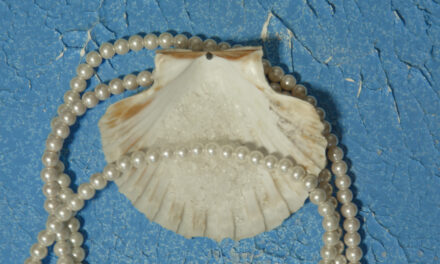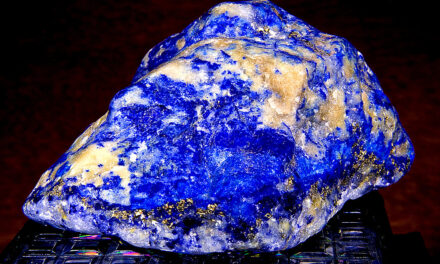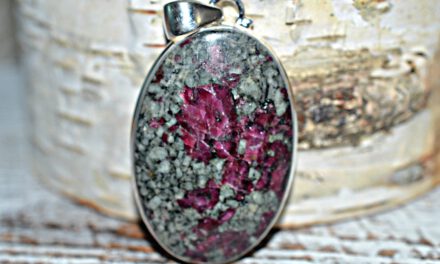Peridot, also known as chrysolite, is a gem-quality type of silicate mineral olivine. This exceptional gemstone has a characteristic clear yellow-green colour, which is much brighter than other green gems. The name Peridot comes from the Arabic word “faridat”, meaning “gem”. The name olivine points out its olive green colour and was first used in 1790 by A. G. Werner. Also, Peridot can be also familiar to others under the name “the Evening Emerald” because of its green colour in which Peridot occurs.
The intensity of this unique green colour depends on the iron present in the gem. The pieces can vary from stunning lime green to yellowish-brown colour, with the most vivid large crystals of Peridot being the most expensive. The vivid green colour of Peridot is even connected to its mythology – ancient Egyptians called it “The gem of the Sun” and believed it glowed in the dark.
Sources of Peridot Stone
In ancient times, Peridot crystals were mined on the island of Topazios (nowadays known as Zabargad or St. John’s island). They were also mined in Hawaii, where many considered Peridots to be the tears of the goddess Pele. Nowadays, Peridot stones are found on various sites around the world. The largest and highest-quality Peridots come from the border area of Pakistan and Afghanistan. However, Peridot crystals used in jewellery can be also found in Myanmar, the U.S., Africa, China, Australia and Vietnam.
Also, we have to mention that Peridots are one of two transparent gemstones that do not form in the Earth’s crust. They form in molten rock of the Earth’s upper mantle. They are also collected in volcanic areas and from pallasitic meteorites that have landed on Earth.
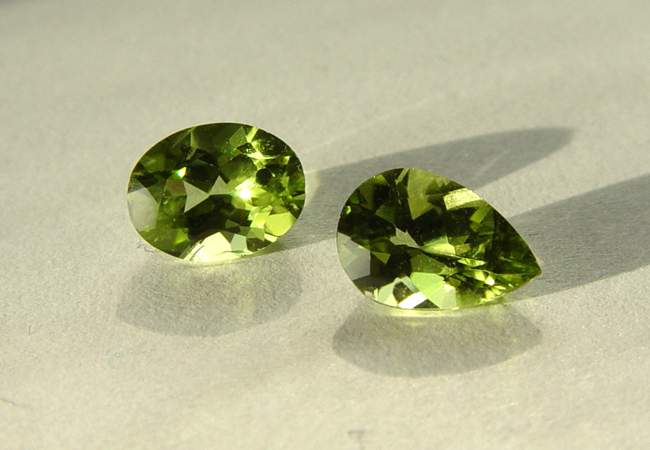
The Metaphysical Properties of Peridot
Peridot is the official august birthstone for August and is also the traditional 16th-anniversary gift. Peridot is believed to bring good health, future, wealth and understanding into complicated relationships. It helps with insomnia by calming overthinking and banishing negative thoughts and negative emotions.
Peridot is connected to the heart chakra and is prepared to help start a new romantic relationship. On the other hand, Peridot also encourages to stop wondering about trivial problems and to start thinking about various topics differently. It opens new paths in our lives and lets the light brighten up your mind.
Peridot Jewellery
Due to Peridot’s vivid and bright colour, this beautiful gemstone makes an immense statement in your jewellery. Especially as a centre jewellery piece, in peridot rings or drop earrings, can green peridot crystal look stunning and extravagant.
Peridots in jewellery are usually cut into the traditional cuts, ranging from emerald cuts, oval cuts to teardrops. Those enhance the green colour and beauty of this yellowish-green peridot stone. However, Peridot stones are very often cut into cabochons and beads. Round cut peridot crystal is perfect for an engagement ring for its fresh and vivid green colour.
Peridot has the number 6.5 to 7.0 on the Mohs scale of hardness, so it’s down below other gemstones, which are much more resistant. Peridot crystal can be notably prone to scratches and small cracks, so peridot ring especially is not suitable for everyday wear, so taking it off when doing heavy work is a must.
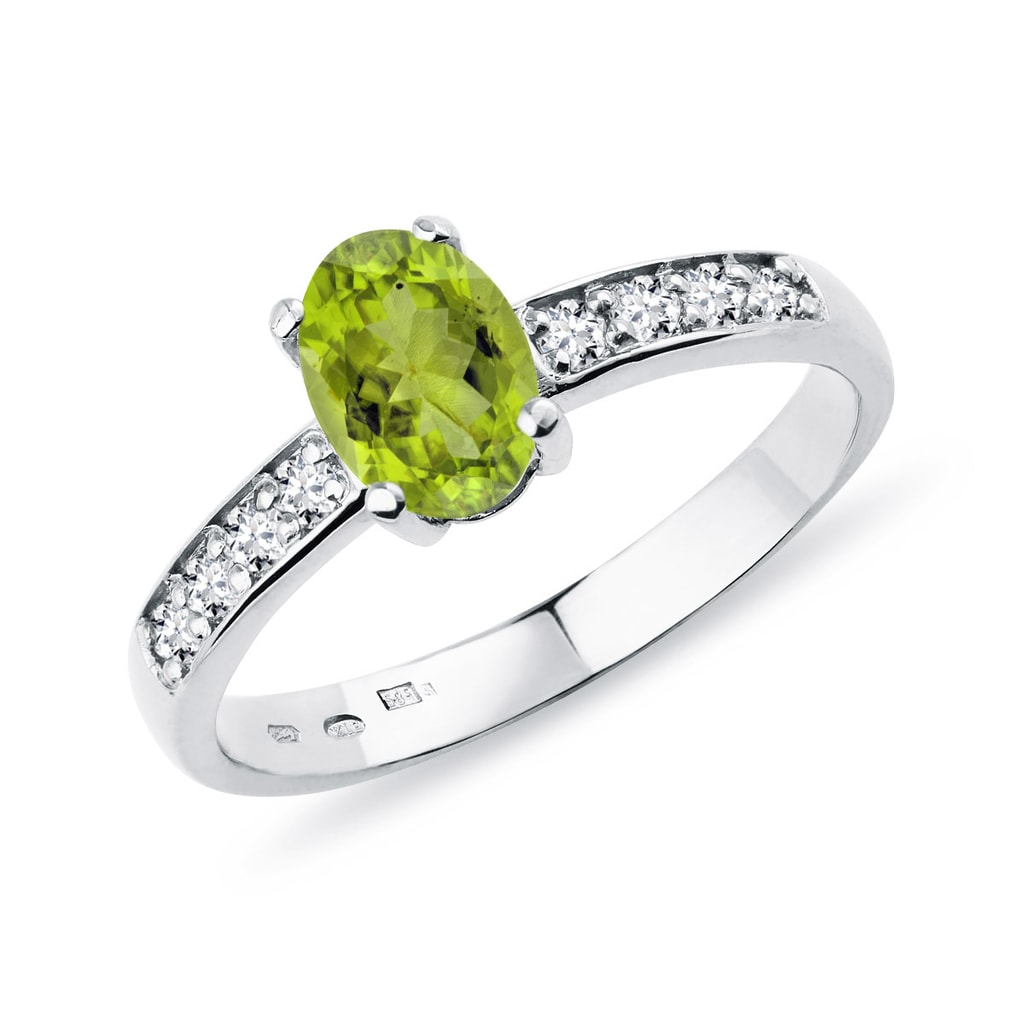
Maintaining your Peridot crystal
And how can you maintain your Peridot jewellery? Well, Peridot should not be under an ultrasonic cleaner or a steamer. Put it away from significant temperature changes, extreme weather conditions, acid, ammonia and sharp blows that can fracture the stone.
It also should not be cleaned and wiped down dry as it can make it dull and lifeless. On the other hand, you should wash your peridot stone with warm soapy water and wipe it til clean.

